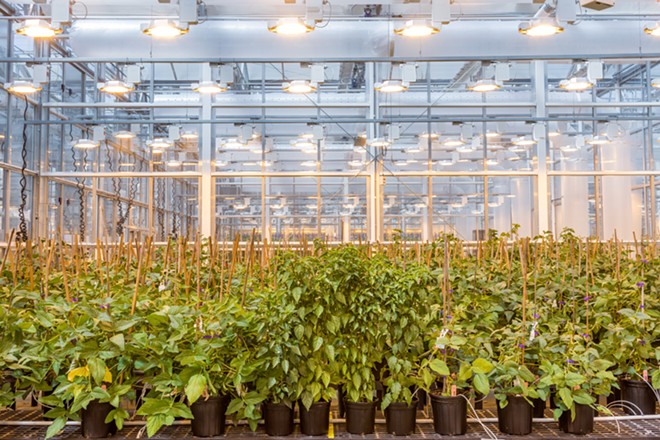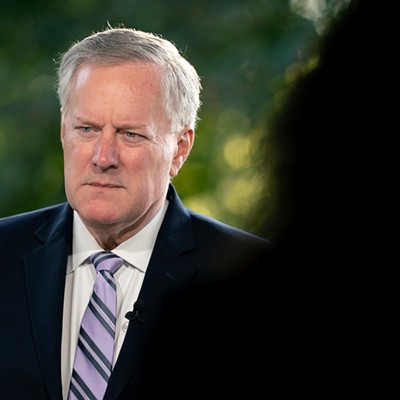
By AMY HARMON
© 2018 New York Times News Service
The U.S. Department of Agriculture has proposed new guidelines for labeling foods that contain genetically modified ingredients, starting in 2020.
Clarifying how genes are altered in the plants and animals we eat, and whether grocery store shoppers should care, has proved to be a heavy lift. But here are a few answers to questions about the proposed labels.
What is a GMO?
The term stands for “genetically modified organism,” and it has traditionally referred to plants and animals created by altering genes with laboratory techniques in ways that conventional forms of breeding can’t, often by inserting genetic material from one species into another.
A gene from a soil bacterium, for instance, makes soybeans immune to a widely used weed killer.
Only a handful of such crops are grown around the world. But some of them, like corn, soybeans and sugar beets, are used in the majority of processed foods that line the aisles of grocery stores, including chips, soda, salad dressing, soups, some breakfast cereals and baked goods. So a lot of foods items stand to bear these labels.
Why are these guidelines being proposed now?
In recent years, legislators and consumer groups have stepped up efforts to pass labeling laws, with bills or ballot initiatives appearing in California, Connecticut, Maine, Oregon and Washington. After Vermont became the first state to pass a labeling law, in 2014, food makers faced the expense and logistical hurdles of retooling their packaging for one market.
What will the proposed labels say?
Instead of the commonly used but somewhat stigmatized terms “GMO” and “genetically engineered,” the guidelines propose labels that say “bioengineered” or “BE.”
Do the labels cover all genetically engineered foods?
Crops that contain changes that could theoretically be achieved through conventional breeding, or occur through a natural mutation, are excluded from the proposed labels.
The labels may also exempt highly refined sugars and oils, like those made from genetically modified sugar beets and corn, which typically contain no genetic material after being processed.
Is this a done deal?
The public has until July 3 to comment on the proposed guidelines.















